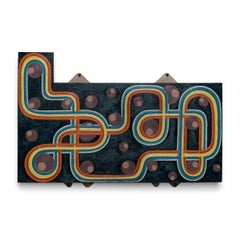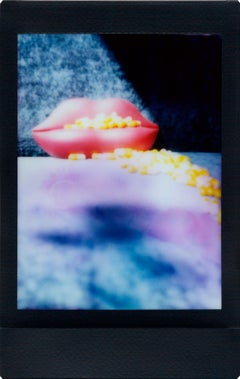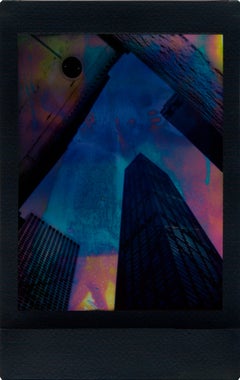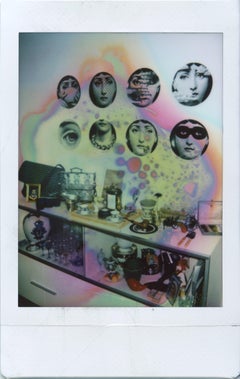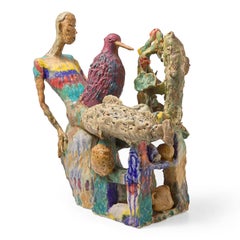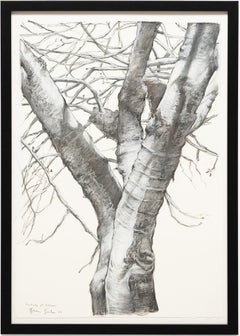Chicago - Art
2010s Abstract Chicago - Art
Wood, Oil
21st Century and Contemporary Abstract Chicago - Art
Archival Pigment
21st Century and Contemporary Abstract Chicago - Art
Archival Pigment
21st Century and Contemporary Abstract Chicago - Art
Archival Pigment
2010s Contemporary Chicago - Art
Ceramic
21st Century and Contemporary Naturalistic Chicago - Art
Paper, Charcoal
21st Century and Contemporary Naturalistic Chicago - Art
Charcoal, Paper
Early 20th Century Art Deco Chicago - Art
Paper, Ink
21st Century and Contemporary Outsider Art Chicago - Art
Wire
2010s Contemporary Chicago - Art
Steel
21st Century and Contemporary Surrealist Chicago - Art
Muslin, Wood, Paper
1920s Art Deco Chicago - Art
Paper, Ink
21st Century and Contemporary Minimalist Chicago - Art
Porcelain
21st Century and Contemporary Outsider Art Chicago - Art
Wood, Paper, Mixed Media, Oil
21st Century and Contemporary Impressionist Chicago - Art
Canvas, Oil
21st Century and Contemporary Abstract Geometric Chicago - Art
Archival Ink, Photographic Paper
21st Century and Contemporary Pop Art Chicago - Art
Canvas, Acrylic
21st Century and Contemporary Abstract Chicago - Art
Fabric, Thread, Ink, Handmade Paper
19th Century Edo Chicago - Art
Paper, Ink, Pigment
21st Century and Contemporary Outsider Art Chicago - Art
Graphite, Paper, Board
2010s Contemporary Chicago - Art
Stoneware, Glaze
20th Century Contemporary Chicago - Art
Paint
Early 20th Century Art Deco Chicago - Art
Paper, Ink
20th Century Contemporary Chicago - Art
Paint, Ink
21st Century and Contemporary Abstract Chicago - Art
Plastic, Wax, Oil, Graphite
Early 2000s Abstract Chicago - Art
Ink, Archival Paper
21st Century and Contemporary Pointillist Chicago - Art
Plywood, Acrylic
2010s Abstract Chicago - Art
Paper, Acrylic
2010s Abstract Chicago - Art
Paper, Acrylic
2010s Abstract Chicago - Art
Paper, Acrylic
2010s Abstract Chicago - Art
Paper, Acrylic
21st Century and Contemporary Outsider Art Chicago - Art
Paper, Board, Graphite
2010s Abstract Chicago - Art
Paper, Acrylic
2010s Abstract Chicago - Art
Acrylic, Paper
2010s Abstract Chicago - Art
Paper, Acrylic
21st Century and Contemporary Outsider Art Chicago - Art
Acrylic, Mixed Media, Board, Color Pencil, Graphite
21st Century and Contemporary Abstract Chicago - Art
Muslin, Wood, Watercolor, Rice Paper, Mixed Media
21st Century and Contemporary Surrealist Chicago - Art
Ceramic, Paper, Acrylic
19th Century Qing Chicago - Art
Paint, Wood Panel
2010s Abstract Chicago - Art
Canvas, Paper, Acrylic
2010s Abstract Chicago - Art
Canvas, Acrylic, Paper
2010s Abstract Chicago - Art
Canvas, Acrylic
2010s Abstract Chicago - Art
Canvas, Acrylic
2010s Abstract Chicago - Art
Canvas, Acrylic
2010s Abstract Chicago - Art
Canvas, Acrylic
21st Century and Contemporary Pointillist Chicago - Art
Plywood, Acrylic
21st Century and Contemporary Modern Chicago - Art
Steel
21st Century and Contemporary Contemporary Chicago - Art
Archival Pigment
2010s Contemporary Chicago - Art
Archival Pigment
2010s Abstract Chicago - Art
Paper, Acrylic
2010s Abstract Chicago - Art
Paper, Acrylic
2010s Abstract Chicago - Art
Paper, Acrylic
2010s Abstract Chicago - Art
Paper, Acrylic
2010s Abstract Chicago - Art
Paper, Acrylic
21st Century and Contemporary Abstract Chicago - Art
Muslin, Wood, Silk, Pigment
2010s Contemporary Chicago - Art
Archival Pigment
Early 2000s Contemporary Chicago - Art
Ceramic, Glaze
Early 2000s Contemporary Chicago - Art
Stoneware, Glaze
21st Century and Contemporary Pop Art Chicago - Art
Canvas, Acrylic
21st Century and Contemporary Outsider Art Chicago - Art
Paper, Ink, Acrylic, Watercolor
